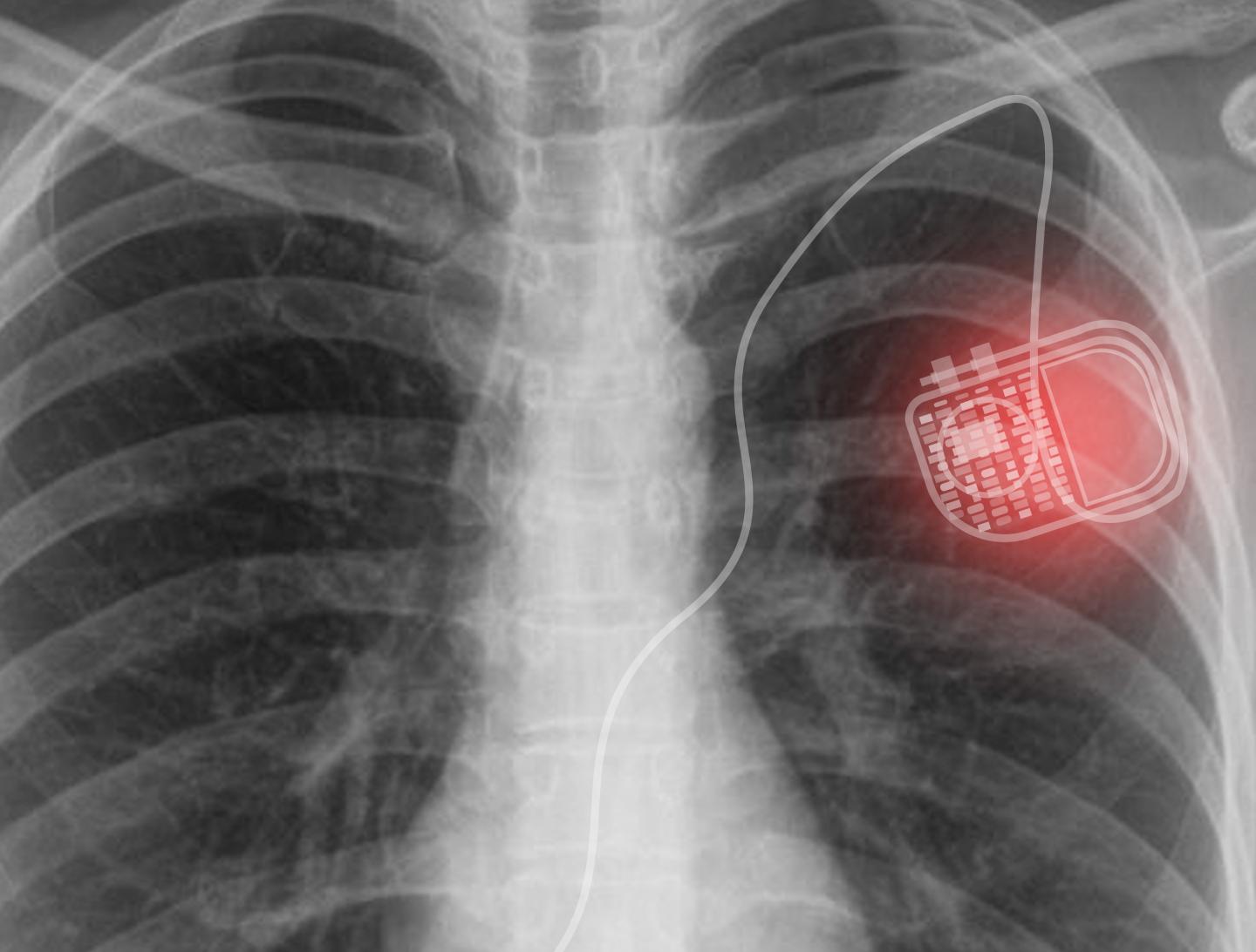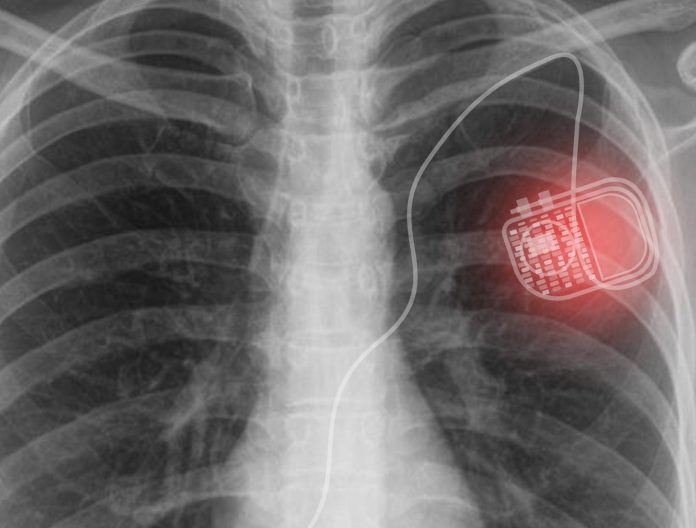
IMAGE: The use of medical implants in human bodies generates the need for invasive surgery to replace exhausted batteries, leading to a higher risk of surgical complications in patients
view more
Credit: Gwangju Institute of Science and Technology
Over the past few decades, medical technology seen various advances in terms of the scope and efficiency of implant devices. For example, developments in medical research have led to the emergence of electronic implants, such as pacemakers to regulate the heart rate and cerebral spinal shunts to control the flow of spinal fluid. Most of these medical devices, including the pacemaker, require a constant source of energy to operate. Naturally, this causes some limitations: batteries, which provide an energy source for the implants, have a finite lifespan. Once the battery power gets exhausted, there is no other option but to perform invasive surgery to replace the battery, which poses a risk of surgical complications, such as bruising, infections, and other adverse events.
In a new study published in PNAS, a research group from South Korea, led by Professor Jongho Lee at GIST, dug deeper to find a solution: they attempted to develop a strategy to recharge the internal battery of devices without invasive surgery or risky penetrative procedures. Prof Lee explains, “One of the greatest demands in biomedical electronic implants is to provide a sustainable electrical power for extended healthy life without battery replacement surgeries.” Although this is a tricky concept, Prof Lee believes that the answer lies in the “translucency” of living tissue.
This can be explained through an interesting phenomenon. When you hold your hand up to a powerful light, you can see that the edges of your hand glow as the light passes through your skin. Taking inspiration from this, Prof Lee and his team developed an “active photonic power transfer” method, which can generate electrical power in the body. This novel system consisted of two parts: a skin-attachable micro-LED source patch–which can generate photons that would penetrate through the tissues–and a photovoltaic device integrated into a medical implant–which can capture the photons and generate electrical energy. This system provides a sustainable way of supplying the medical implant device with enough power to avoid any high-risk replacement methods. Prof Lee says, “Currently, a lack of a reliable source of power limits the functionality and performance of implant devices. If we can secure enough electrical power in our body, new types of medical implants with diverse functions and high performance can be developed.”
When the scientists tested this power system in mice, they found that this wireless power transfer system is easy to use, regardless of weather, clothes, indoor or outdoor conditions, etc. The light photons emitted from the source patch successfully penetrated live tissues in mice and recharged the device in a wireless and convenient manner. “These results enable the long-term use of currently available implants, in addition to accelerating emerging types of electrical implants that require higher power to provide diverse, convenient diagnostic and therapeutic functions in human bodies,” says Prof Lee, pleased with the efforts of his team and already looking forward to furthering their experiments. He concludes, “Our device would probably not work for ‘Iron Man,’ but it can provide enough power for medical implants.”
###
Reference
Authors: Juho Kim, Jimin Seo, Dongwuk Jung, Taeyeon Lee, Hunpyo Ju, Junkyu Han, Namyun Kim, Jinmo Jeong, Sungbum Cho, Jae Hun Seol and Jongho Lee
Title of original paper: Active Photonic Wireless Power Transfer into Live Tissues
Journal: Proceedings of the National Academy of Sciences of the United States of America
DOI: https:/
Affiliations:
School of Mechanical Engineering, Gwangju Institute of Science and Technology (GIST), Bukgu, Gwangju 61005, Republic of Korea
Research Institute for Solar and Sustainable Energies, Gwangju Institute of Science and Technology (GIST), Buk-gu, Gwangju 61005, Republic of Korea
About Gwangju Institute of Science and Technology (GIST)
Gwangju Institute of Science and Technology (GIST) is a research-oriented university situated in Gwangju, South Korea. One of the most prestigious schools in South Korea, it was founded in 1993. The university aims to create a strong research environment to spur advancements in science and technology and to promote collaboration between foreign and domestic research programs. With its motto, “A Proud Creator of Future Science and Technology,” the university has consistently received one of the highest university rankings in Korea.
Website: http://www.
About the author
Prof Jongho Lee is a Professor of Mechanical Engineering at GIST, Korea. In 2008, Prof Lee received a PhD in Mechanical Engineering from UC Berkeley. Before working at GIST, he completed his Postdoctoral training at UIUC and UC Berkeley. His group is currently working on developing flexible optoelectronic devices for medical and industrial applications. In addition, the group’s research focuses on soft robotic devices and autonomous systems.
TDnews















